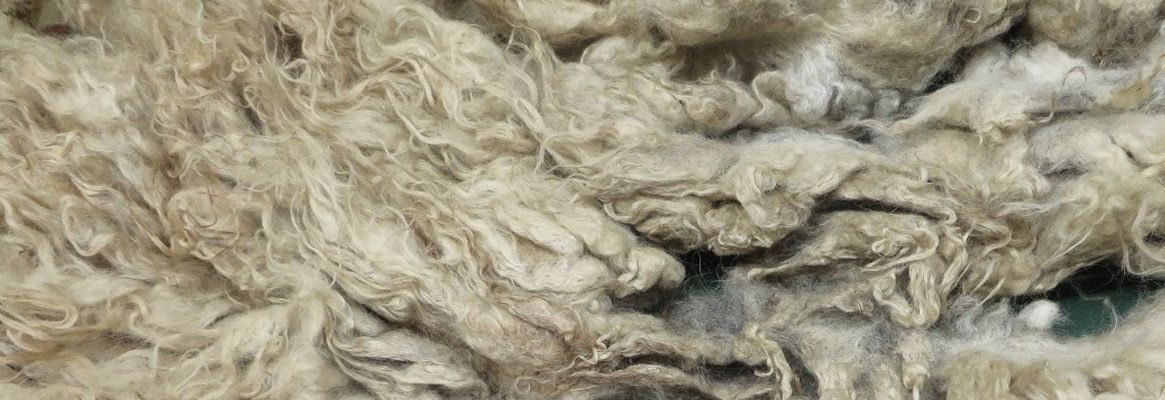Wool Scouring

Greasy wool contains substantial amounts of contaminants. Before it can be used as a textile fibre these contaminants must be removed by a scouring (washing) process. There are four principal issues associated with wool scouring. These are:
- effective contaminant removal
- minimal fibre entanglement
- product quality
- cost minimization
High levels of residual contaminant on the scoured wool show up as poor colour, dirt/oil accumulation on processing equipment, deleterious interactive effects with processing additives, poor drafting performance, poor dyeing and dust accumulation in the mill. Fibre entanglement leads to breakage in the subsequent carding and combing operations leading to reduced hauteur, or top length, and increased wastage as noil.
Mechanism of Scouring
Aqueous scouring involves passing the wool through a series of tanks (bowls). The first few bowls contain hot detergent solution and the remaining bowls are used to rinse the wool. Basically scouring is a multi-stage countercurrent extraction process.
Contaminant removal occurs in a number of stages. First the contaminants are penetrated by water and detergent followed by rapid swelling of the wool wax and proteinaceous contaminants along with dissolution of some of the water-soluble suint. Second, wax globules are formed within the swollen mass. Third, complexed and uncomplexed contaminants that are not strongly bound to the fibre surface (easy-to-remove contaminants) are swept from the fibre surface. Fourth, harder-to-remove contaminants, such as swollen proteins, oxidised wool wax and less soluble suint residues either complexed or uncomplexed, are partially removed.
Originally published in New Cloth Market; May 2009








